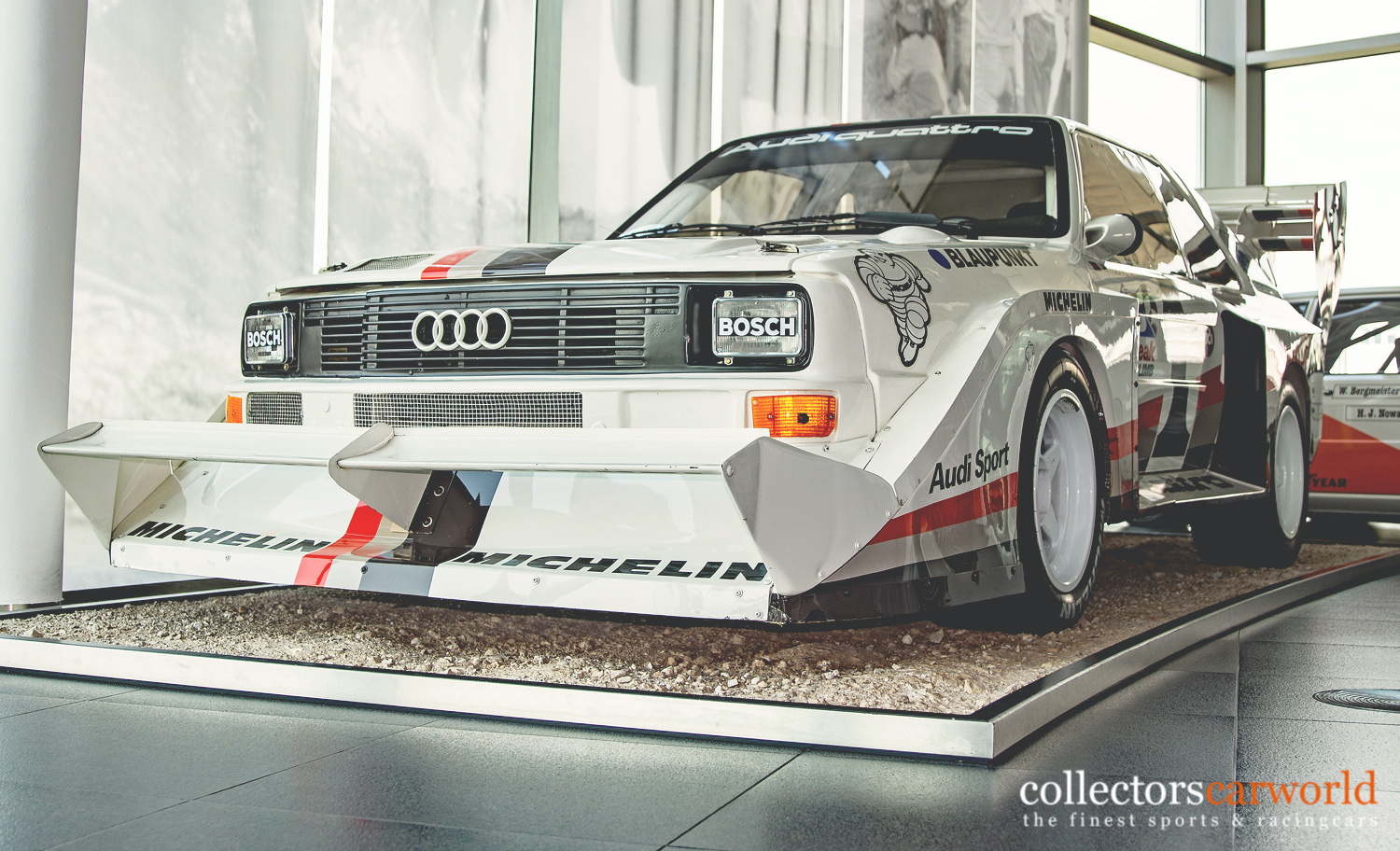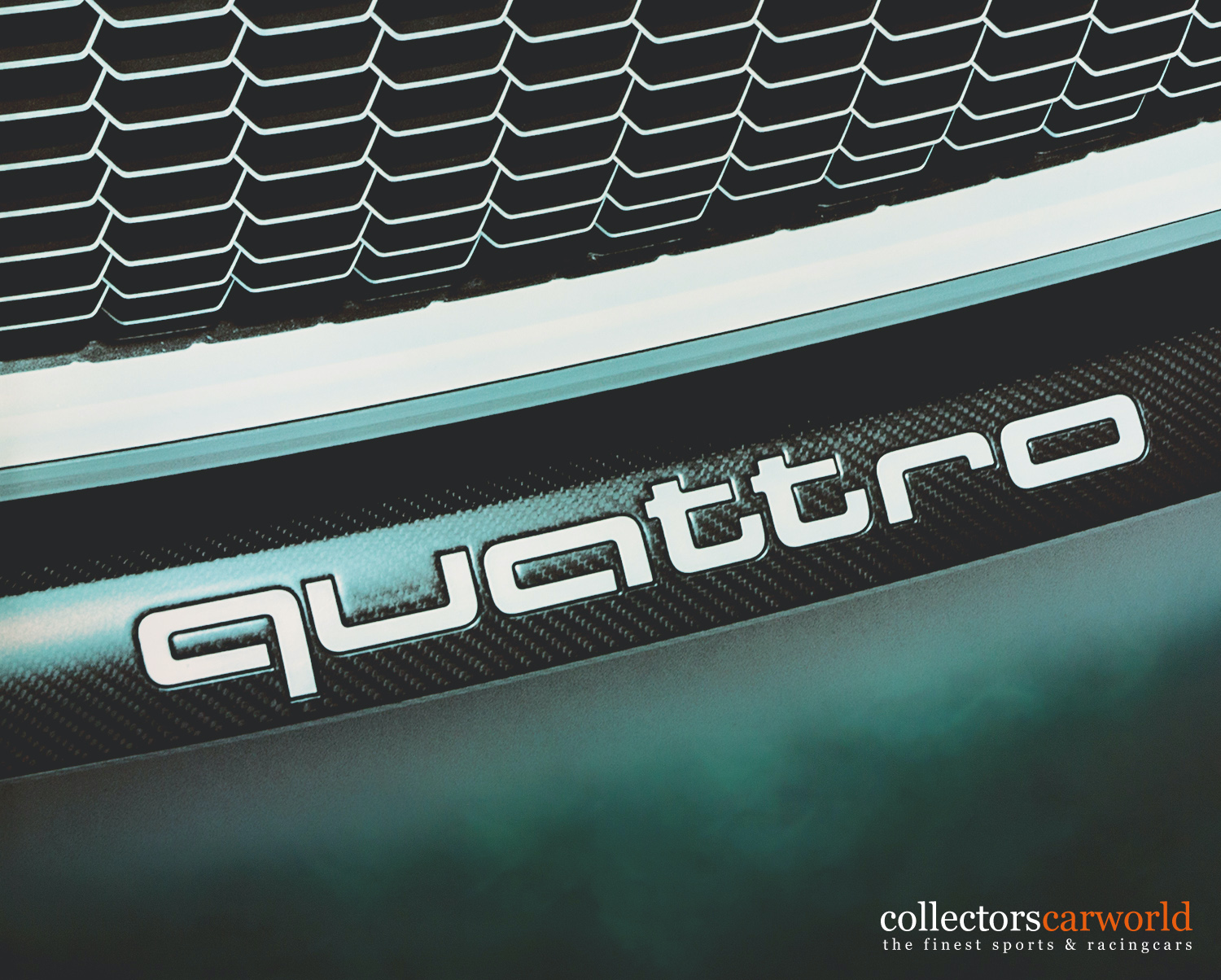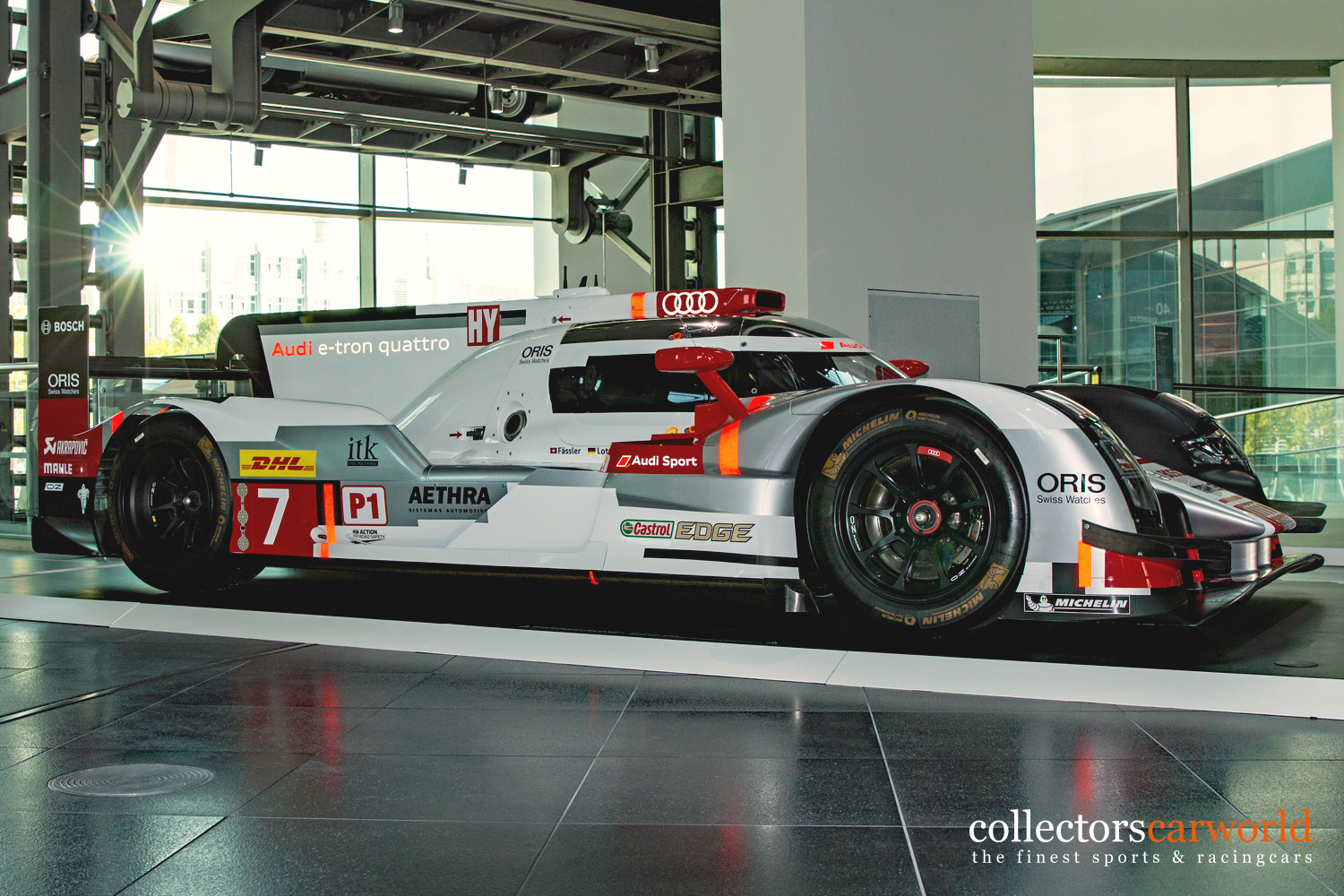A technology and success story from Audi is celebrating a major birthday, as the quattro drive system turns 40 years old. Since the original quattro first made its debut at the Geneva Motor Show in 1980, the principle of four-wheel drive has become one of the cornerstones of the brand. To date, Audi has produced almost 10.5 million cars with quattro drive systems.

“quattro” means “Audi,” and “Audi” often means “quattro”: The principle of four-wheel drive is a cornerstone of the brand and has been for 40 years. Since the original quattro made its debut at the Geneva Motor Show in 1980, Audi has produced around 10.5 million cars featuring quattro drive systems. Now, it is time for the next chapter in this particular success story: With the Prototypes of Audi e-tron S and Audi e-tron S Sportback Audi will be unveiling electric torque vectoring.
40 years of quattro: the track record and the model range
The quattro has built up an impressive track record over 40 years. By the end of 2019, Audi had produced 10,448,406 cars with all-wheel drive, including 804,224 in 2019 alone. Almost 45% of all Audi models built in 2019 featured quattro drive systems, with most coming from the factories in Changchun in China and San José Chiapa in Mexico. Ingolstadt and Neckarsulm made 258,765 new cars with the famous all-wheel drive technology in 2019.
The quattro drive system is a cornerstone of the Audi brand. It is represented in every model series except the compact A1. All large and particularly powerful vehicle versions, as well as all S and RS models, transfer their horsepower to the road through four wheels.

An all-star line-up: the versions of the mechanical quattro drive system
Audi’s quattro technology is versatile and tailored precisely to suit the specific vehicle concept. One thing that all models do share is the way the system works in concert with wheel-selective torque control – a function of Electronic Stabilization Control (ESC) that refines handling at the limits of adhesion by gently applying the brakes at appropriate moments.
There are two technologies available for models with longitudinal front-mounted engines, depending on transmission. The quattro permanent all-wheel drive system, which cooperates with the tiptronic torque-converter automatic transmission, centers on a purely mechanical self-locking center differential. During normal driving, it distributes slightly more torque to the rear, but if necessary, it will transfer up to 70% to the front axle or up to 85% to the rear. However, quattro with ultra technology – which can be found in Audi models with S tronic or with manual transmissions – uses a dual-clutch arrangement. This means that its control unit can switch whenever necessary from front-wheel drive to all-wheel drive in the blink of an eye – predictively in many cases. There are no differences in terms of traction and handling compared with permanent systems.
The compact Audi models with transverse engines use their own quattro drivetrain. At its core is a hydraulic multi-plate clutch that sits on the rear axle for better weight distribution. In many models, this is managed so dynamically that it can transfer some of the torque from the front axle to the rear as soon as the car starts to turn in to a corner. There is also a multi-plate clutch in the R8, a mid-engined high-performance sports car. In this case, it is mounted on the front axle. When necessary, it transfers the torque from the rear wheels to the front wheels.

40 years of quattro: the milestones
When the Audi quattro first appeared at the Geneva Motor Show in 1980, it introduced a means of transmitting power that was entirely new for the passenger car sector – an all-wheel drive system that was lightweight, compact, efficient and tension-free. This made the quattro concept particularly suited to sporty cars and high-volume production right from the outset. The 147 kW (200 PS) original quattro remained part of the product range as a standard model until 1991 and underwent several technical revisions. In 1984, Audi added the exclusive Sport quattro with 225 kW (306 PS). In 1986, the manually locking center differential that had been fitted to the original quattro since its launch was replaced by the Torsen differential, which was able to distribute drive torque variably.
The brand continued to refine its quattro technology in subsequent years. The first Audi TDI with permanent all-wheel drive appeared in 1995. Then in 1999, the technology was applied to the A3 and TT model series and thus the compact segment. The next big step came in 2005 with the center differential with asymmetric, dynamic power distribution. In 2007, a viscous coupling appeared on the front axle on the Audi R8, followed a year later by the sport differential. quattro with ultra technology was added to the range in 2016.

40 years of quattro: supremacy in motorsports
Audi first entered the World Rally Championship in 1981 and dominated the event just one season later. The Audi team won the manufacturers’ championship in 1982, and Finnish driver Hannu Mikkola secured the drivers’ trophy in 1983. Audi took both titles in 1984, with Stig Blomqvist of Sweden becoming world champion. That year, Audi fielded its Sport quattro with a shorter wheelbase, followed in 1985 by the Sport quattro S1 producing 350 kW (476 PS). In 1987, Walter Röhrl drove a specially modified S1 to victory at the Pikes Peak hill climb in the USA – the perfect finishing touch to the exhilarating years of rallying.
Audi subsequently shifted to racing touring cars. In 1988, the manufacturer won both the drivers’ and manufacturers’ championships in the US Trans-Am at its first attempt with the Audi 200, before competing with considerable success in the IMSA GTO series the following year. In 1990/91, Audi entered its mighty V8 quattro in the Deutsche Tourenwagenmeisterschaft (DTM), winning two drivers’ championships. The A4 quattro Supertouring entered seven national championships in 1996 – and won them all. Two years later, the European ruling bodies banned all-wheel drive almost completely from touring car races.
An Audi all-wheel drive race car – the Audi R18 e-tron quattro with a hybrid drive – once again took to the track in 2012. A V6‑TDI drove the rear wheels, while a flywheel accumulator supplied recuperated energy to two electric motors on the front axle. The car used a temporary quattro drive system during acceleration. It boasted a formidable track record, with three overall victories at the 24 Hours of Le Mans and two drivers’ and manufacturers’ titles in the World Endurance Championship (WEC).

40 years of quattro: Vorsprung durch Technik
quattro is an icon. The name represents safe driving and sportiness, technical expertise and competitive superiority – in short, Vorsprung durch Technik. The success of quattro models on the road and in racing has cemented this status, as has a series of legendary TV commercials and advertising campaigns. In 1986, professional rally driver Harald Demuth drove an Audi 100 CS quattro up the Kaipola ski jump in Finland. Circuit and rallycross champion Mattias Ekström (Sweden) performed a similar feat in 2019, using an Audi e-tron quattro with three electric motors to scale the steepest section of the Streif ski course at Kitzbühel, negotiating gradients of as much as 85%.

About our photographer Rainer Selzer
Rainer Selzer is always ready for a big shot and is focused on historic motorsport.
He is working with us for over three years and visits motorsport events, classic car meetings or car museums. Follow him on instagram @rs65photos or visit his homepage www.rs65photos.com for more!
Report by fcaheritage.com
Photos by Rainer Selzer / collectorscarworld.com and rs65photos.com










